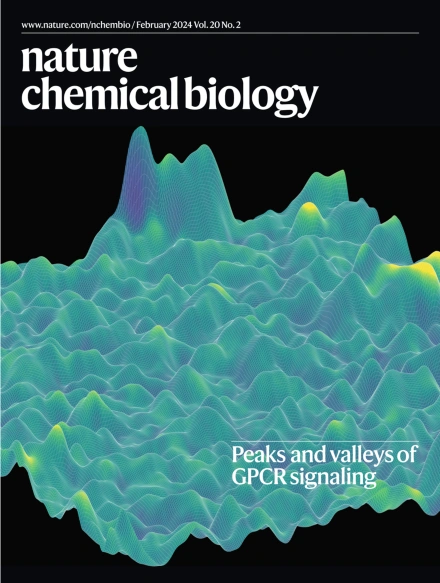Efficient and precise inversion of genomic DNA from large to chromosomal scale.
IF 13.7
1区 生物学
Q1 BIOCHEMISTRY & MOLECULAR BIOLOGY
引用次数: 0
Abstract
Chromosomal inversion is a key structural variation impacting cellular fitness and genomic integrity. Here we developed prime-editing-based inversion with enhanced performance (PIE) to efficiently induce large-scale inversions in mammalian cells. PIEv1 uses a prime-editing guide RNA (pegRNA) pair but yields one imprecise junction. PIEv2 and PIEv3 add a second pegRNA pair for precise inversion, with PIEv3b further enhancing coupling precise inversion through improved plasmid design. PIEv3b achieves inversion efficiencies up to 61.7% for 1 Mb and 14.2% for 50 Mb segments and shows 4-20-fold higher efficiency compared to twin prime editing with integrase, across ranges of 100 kb to 30 Mb. Additionally, PIEv3b outperforms nuclease-based approaches in both inversion efficiency and precision. Using PIE, we convert human chromosomes from metacentric to telocentric configurations by inverting 30-Mb and 100-Mb chromosomal segments. Our work represents a powerful tool for engineering chromosomal structural variations, with broad implications for medicine and biotechnology.高效和精确的基因组DNA倒置,从大到染色体规模。
染色体倒位是影响细胞适应性和基因组完整性的关键结构变异。在这里,我们开发了基于启动编辑的倒置与增强性能(PIE),以有效地诱导大规模倒置在哺乳动物细胞。PIEv1使用一个引物编辑向导RNA (pegRNA)对,但产生一个不精确的连接。PIEv2和PIEv3增加了第二个pegRNA对用于精确倒置,PIEv3b通过改进质粒设计进一步增强了耦合精确倒置。PIEv3b在1 Mb和50 Mb片段中实现了高达61.7%和14.2%的倒置效率,在100 kb到30 Mb的范围内,与整合酶的双引物编辑相比,效率提高了4-20倍。此外,PIEv3b在倒置效率和精度上都优于基于核酸酶的方法。利用PIE,我们通过倒置30-Mb和100-Mb的染色体片段,将人类染色体从元中心结构转化为远中心结构。我们的工作代表了一个强大的工具,工程染色体结构变异,具有广泛的影响医学和生物技术。
本文章由计算机程序翻译,如有差异,请以英文原文为准。
求助全文
约1分钟内获得全文
求助全文
来源期刊

Nature chemical biology
生物-生化与分子生物学
CiteScore
23.90
自引率
1.40%
发文量
238
审稿时长
12 months
期刊介绍:
Nature Chemical Biology stands as an esteemed international monthly journal, offering a prominent platform for the chemical biology community to showcase top-tier original research and commentary. Operating at the crossroads of chemistry, biology, and related disciplines, chemical biology utilizes scientific ideas and approaches to comprehend and manipulate biological systems with molecular precision.
The journal embraces contributions from the growing community of chemical biologists, encompassing insights from chemists applying principles and tools to biological inquiries and biologists striving to comprehend and control molecular-level biological processes. We prioritize studies unveiling significant conceptual or practical advancements in areas where chemistry and biology intersect, emphasizing basic research, especially those reporting novel chemical or biological tools and offering profound molecular-level insights into underlying biological mechanisms.
Nature Chemical Biology also welcomes manuscripts describing applied molecular studies at the chemistry-biology interface due to the broad utility of chemical biology approaches in manipulating or engineering biological systems. Irrespective of scientific focus, we actively seek submissions that creatively blend chemistry and biology, particularly those providing substantial conceptual or methodological breakthroughs with the potential to open innovative research avenues. The journal maintains a robust and impartial review process, emphasizing thorough chemical and biological characterization.
 求助内容:
求助内容: 应助结果提醒方式:
应助结果提醒方式:


